Kids learn to build connections with the world in the pre-school stage and kindergarten is the first school for most kids. Then, what is the best starting point for pre-school education? When asked the question, many pre-school educators unanimously say: the nature. In this issue, Itʼs Oʼright will introduce two popular educational systems in Taiwan – Waldorf and Natural Way – to see how kids are guided to discover the rhythm of nature and learn to follow it. Now, letʼs go to class…with nature!!
Natural Way – A true understanding of life for kids
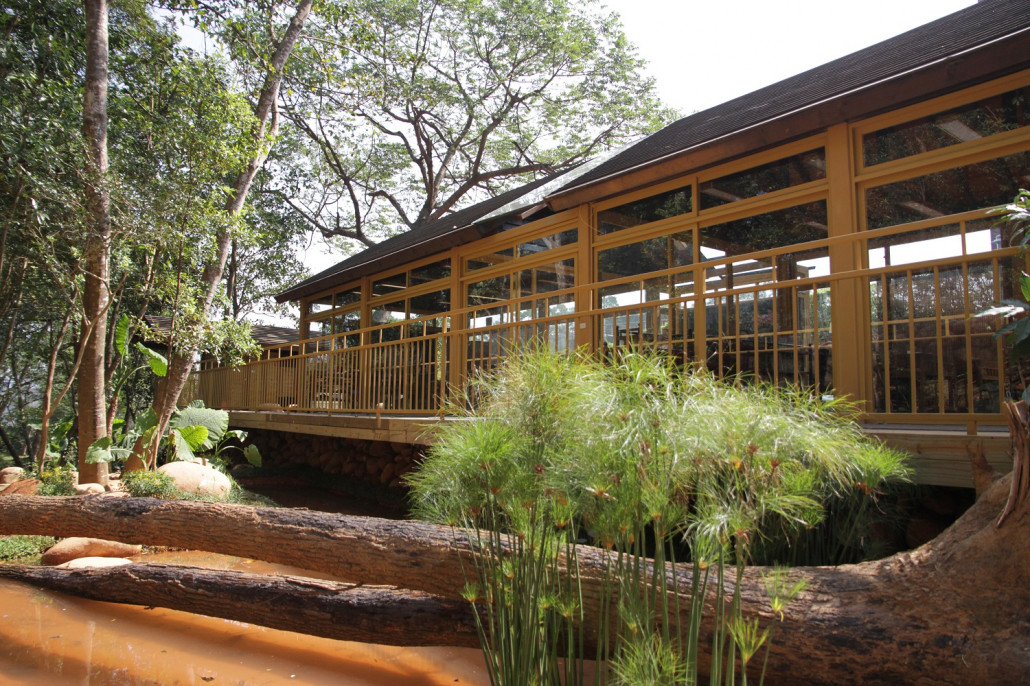
In 1996, Natural Way began as a kindergarten in Taichung, which was followed by the Natural Way Experimental Elementary School in 2004. In Natural Wayʼs philosophy, the school timetable is just a tool. How to live and learn is what really matters. Based on this concept, Natural Way claims that “the invisible plays a primary role instead of the visible.” In the ecological learning village which incorporates hands-on farming, children are also introduced to classical Chinese arts like tea ceremony and calligraphy as well as the energetic sword playing, archery and martial arts. Moreover, these learning experiences are further elevated to the level of natural philosophy, life aesthetics and farming concepts.
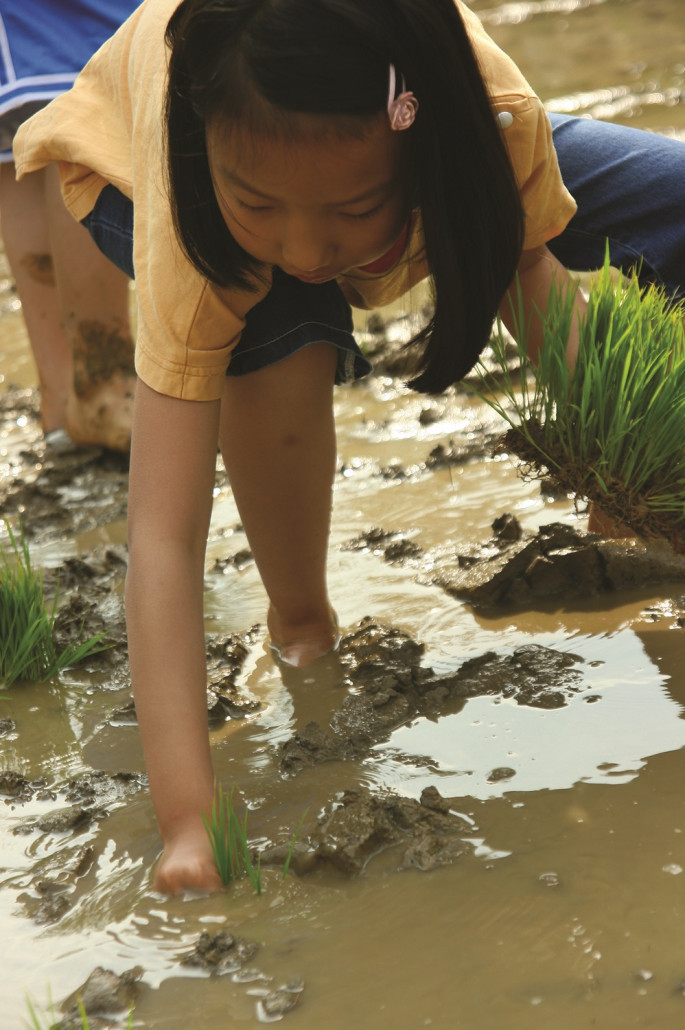
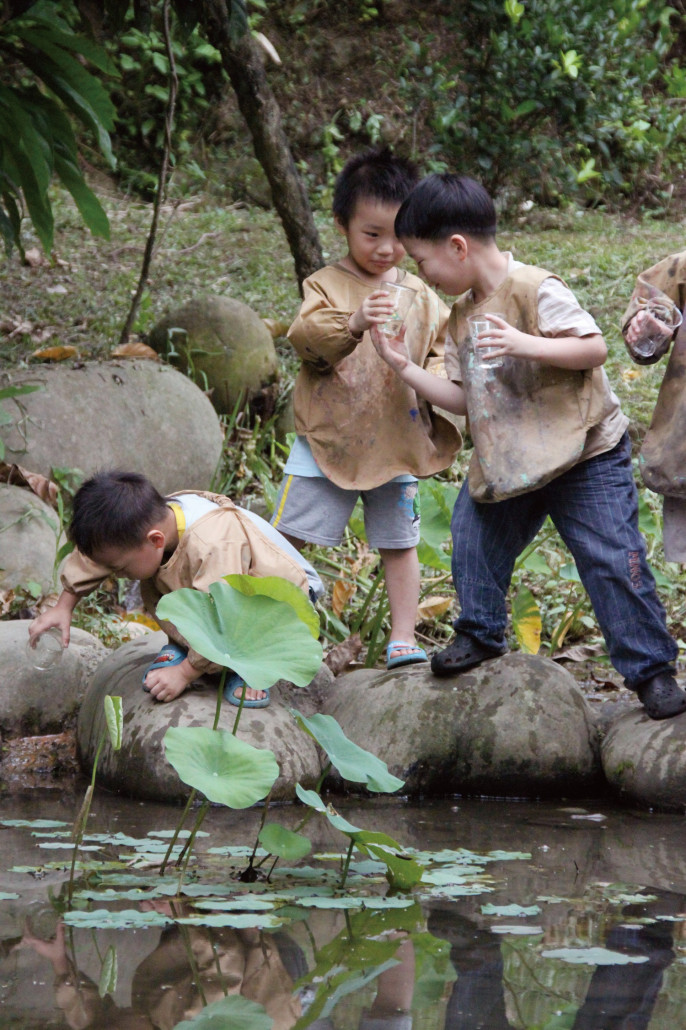
An education incorporating the natural cycle
The curricula are arranged in accordance with the 24 Chinese solar terms. Incorporating a certain solar term and related local cultural resources, the courses are usually designed as group discussions, group works, learning zones and various outdoor activities.
Take the solar term with the name “Cold Dew” as an example. The northeast wind in Taiwan becomes very strong after the “Cold Dew”. Natural Way teaches about the northeast wind by introducing the famous “September gale” in Hsinchu. The September gale blows at the speed of 20 mph or force 9 in the Beaufort scale, equivalent to a minor typhoon. The strong wind in Hsinchu is an important catalyst to the savor of dry foods like rice noodles, dried persimmon cakes and Chinese Mesona, which, as a result, become well-known Hsinchu specialties. The wind also gives Hsinchu the nickname of the “City of Wind”. From the course design, kids naturally connect the weather and local products of a particular place.
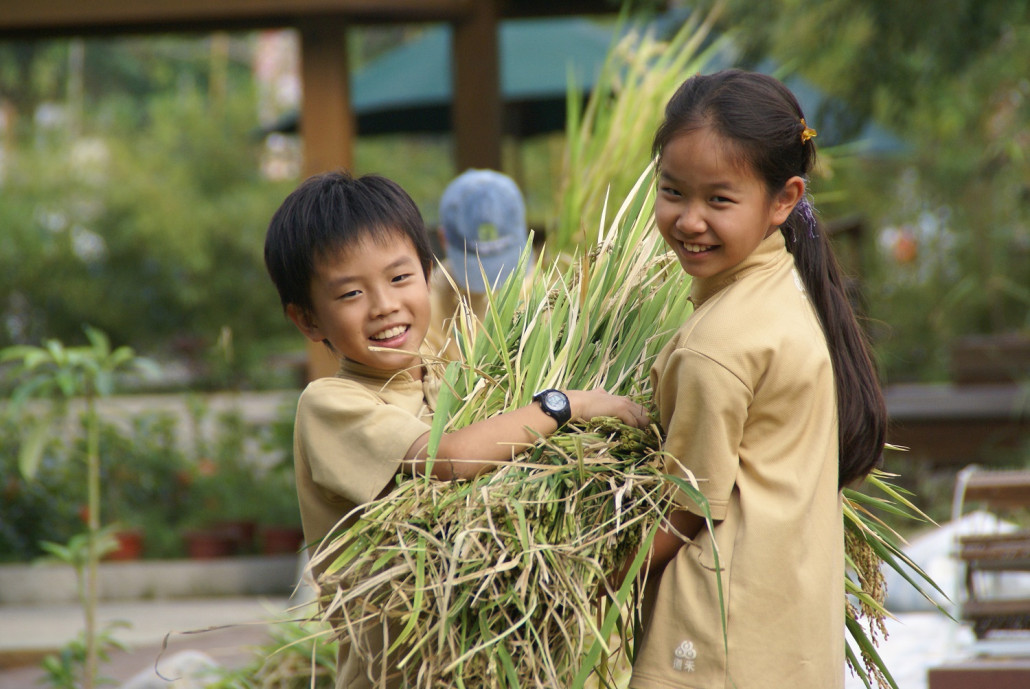
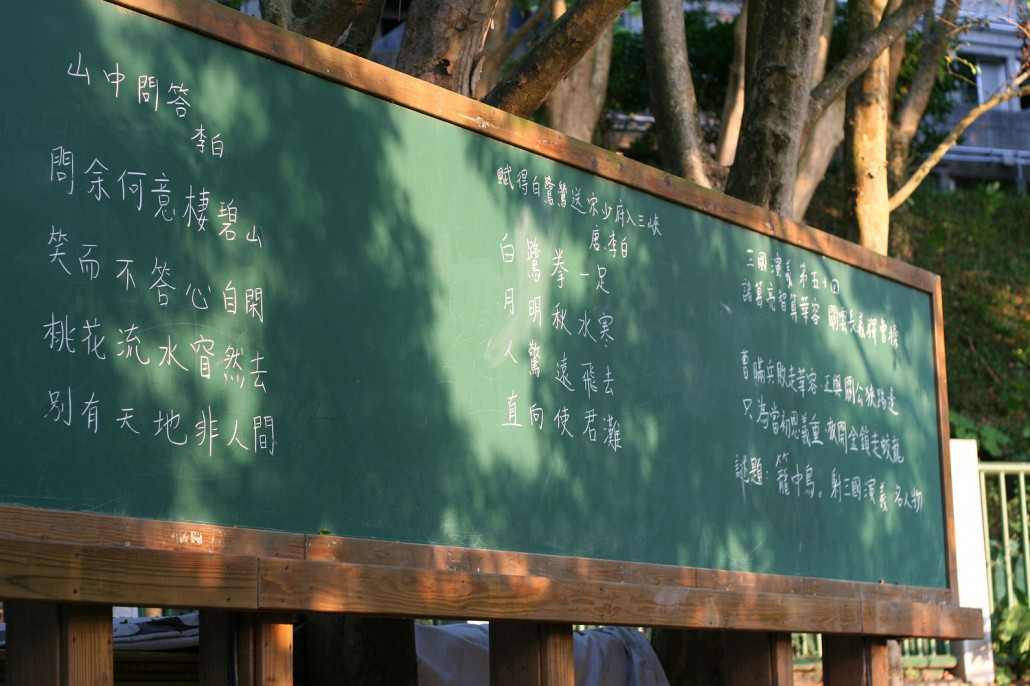
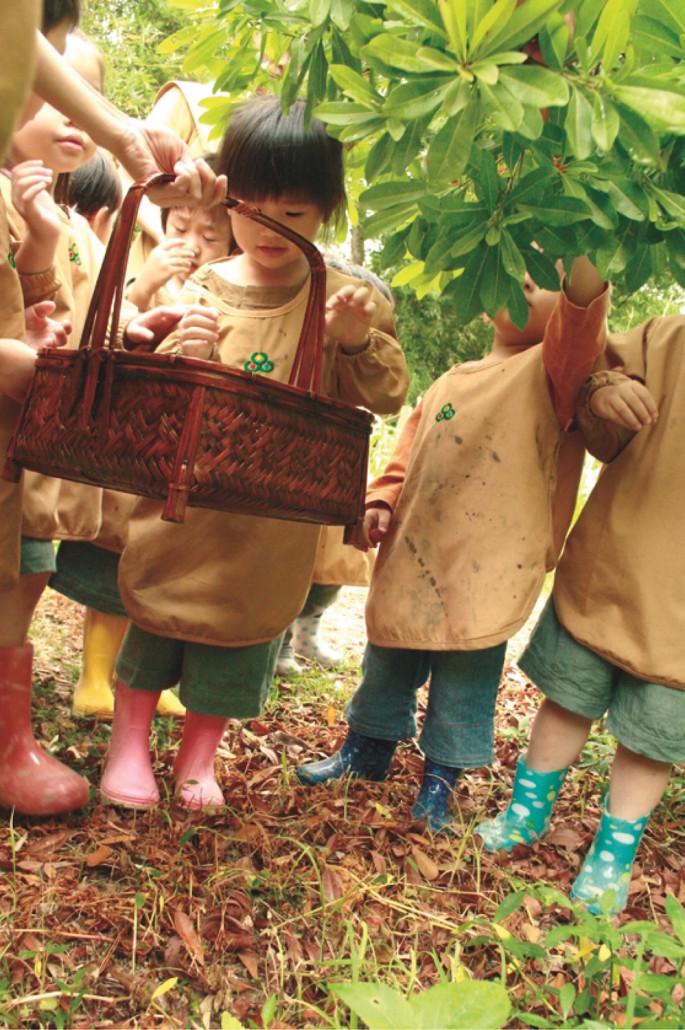
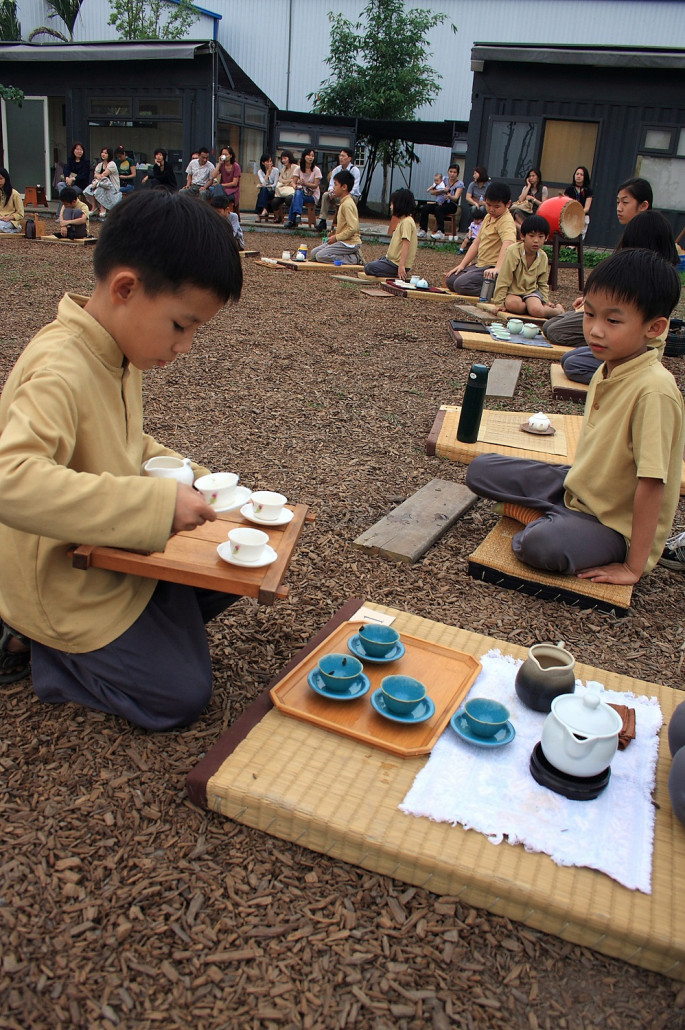
The Double-ninth Day, a special day in autumn dedicated to senior citizens, is also included when teaching the Cold Dew. Autumn is a season when chrysanthemums are in full bloom, and in Chinese culture, chrysanthemums symbolize longevity. As a result, on 9 September people hold activities to celebrate the contributions old people have made to the society. Through this kind of close observation of the 24 solar terms, kids learn what the natural cycle is and how to follow it.
The German philosopher Immanuel Kant says: Live your life as though your every act were to become a universal law. For Natural Way, a human being can carry out this objective only when he/she breathes with the nature and lives in nature.
24 Solar Terms
Chinese people set up 24 solar terms following the change of seasons and climate. The 24 solar terms allow farmers to follow the natural rhythm aptly and avoid inappropriate farming practices. A Chinese saying goes that: “The only rule for farming is to follow the solar terms.”The 24 solar terms begin with the Beginning of Spring, Rain Water and end with Great Cold. The Cold Dew is approximately at the beginning of September in the lunar calendar. From this period of time, the temperature becomes cool, predicting the approach of winter.
Photo Courtesy: Natural Way Education


